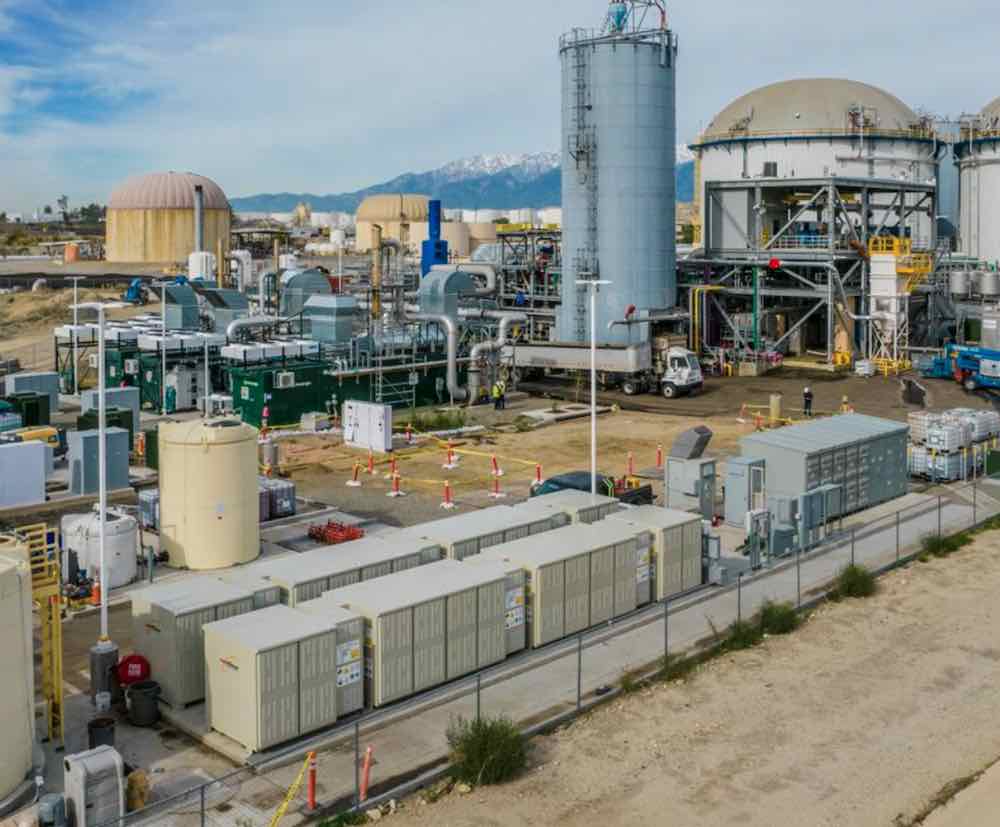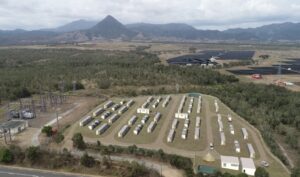Brisbane-based flow battery manufacturer Redflow announced this week that it’s zinc-bromine battery technology has been identified as the preferred energy storage technology for a Californian project designed to provide improved grid resilience.
Pending a final decision, the project would mark Redflow’s fourth multi-megawatt hour order through the California Energy Commissions, which is actively seeking alternative energy storage options to lithium-ion batteries.
Redflow, which has developed a long-duration zinc-bromine flow battery designed for stationary commercial, industrial, and utility applications, continues to make headway into the global energy storage sector.
Flow batteries, a type of electrochemical energy storage, use chemical components dissolved in liquid to store electrical energy. Redflow’s zinc-bromine flow battery is billed as one of the world’s smallest, safest, scalable, and most sustainable energy storage solutions available.
Specifically, the zinc-bromine makes use of cost-effective and abundant materials which are also fire-safe and low toxicity materials, making it a more sustainable battery option than many traditional battery technologies that rely on expensive and rare materials.
Redflow announced on Tuesday that it’s zinc-bromine flow battery technology has been listed as the preferred energy storage technology for a new energy project that has been recommended by the California Energy Commission (CEC) for grant negotiation.
Developed by the Barona Band of Mission Indians – a sovereign Native American nation – the project is being designed to deliver reliable, resilient, and sustainable clean energy to the Barona Band Tribe.
The $A20.1 million project was developed in partnership with a range of groups, including Redflow, and was the first-ranked submission from a field of twelve proposals following a competitive solicitation. It is one of three projects that have now been recommended for funding after assessment by the CEC, which could award the project a grant of $A13.8 million.
Grant terms will now be negotiated with the CEC, with development expected to get underway later this year and anticipated deployment some time in 2025 or 2026.
“Subject to completion of the grant award process, this would be Redflow’s fourth multimegawatt hour project in California involving the CEC as a funding partner,” said Tim Harris, Redflow CEO and managing director.
If successful, Harris adds, it “would again demonstrate that Redflow’s LDES technology is flexible to operate, allowing 100% depth of discharge without impairing BESS capacity or lifespan, and achieving MWh-scale battery hibernation for resilient clean energy operations, aligned with California’s decarbonisation goals.”
In mid-2023, Redflow was selected as battery supplier for a 5MW solar microgrid that would supply power to the Paskenta Band of Nomlaki Indians. Located on the Paskenta Rancheria, the 20MWh energy storage system is backed by the CEC.
A few months later, Redflow was again contracted to provide a flow battery to the Valley Children’s Hospital in Madera, also backed by the CEC.








